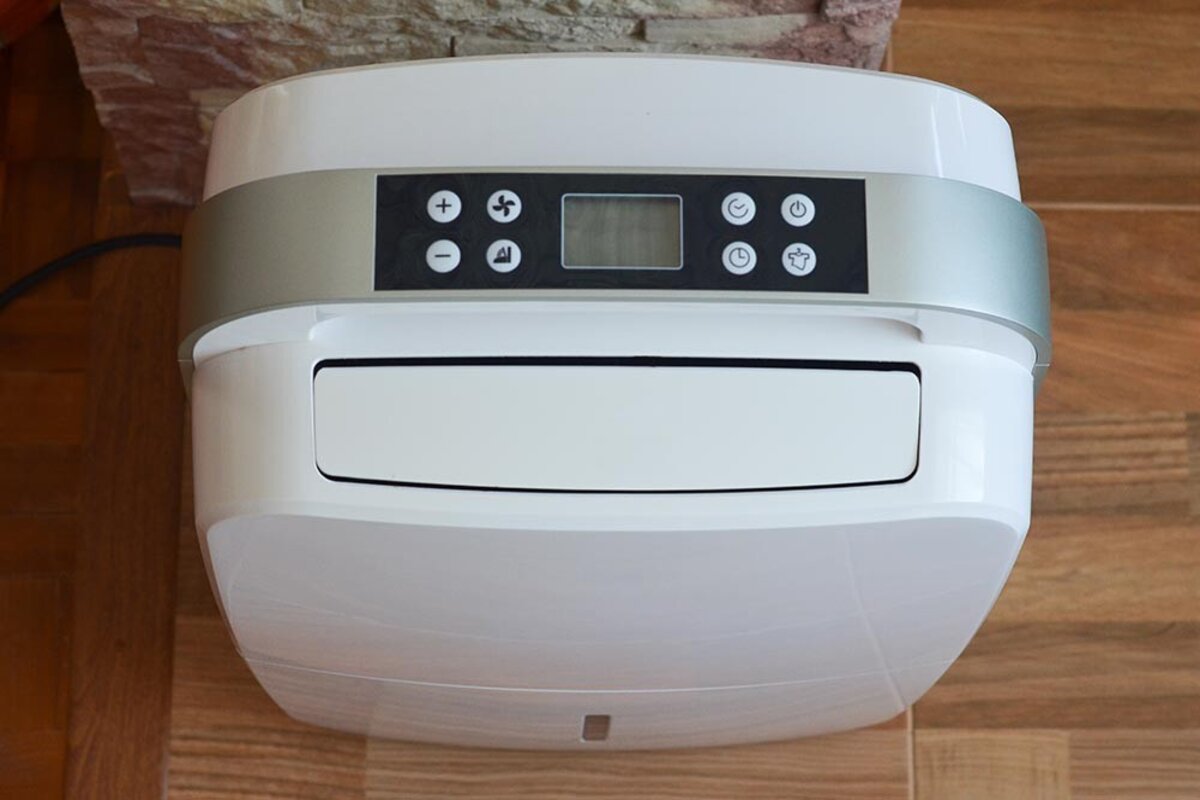Basements, by their very nature, are prone to excess moisture. This moisture can arise from various sources, such as groundwater seepage, condensation from temperature differences, or even a lack of adequate ventilation. For many homeowners, this can present a host of issues ranging from mold growth to compromised structural integrity. That’s where a crucial tool comes into play: the basement dehumidifier.
Why the Need for Dehumidification?
Dangers of Excess Humidity
Excessive moisture doesn’t just feel unpleasant; it can create an environment conducive for mold and mildew growth. These organisms not only emit a musty odor but can also damage your belongings and, more critically, impact your health with respiratory issues.
Protecting Your Belongings
A damp basement can damage items stored there, especially if they’re sensitive to moisture. Important documents, electronics, fabrics, and even wooden furniture can all be adversely affected by excessive humidity.
Enhancing Comfort and Air Quality
Beyond the tangible damage, there’s also the matter of comfort. Basements can be transformed into functional spaces – be it a home office, gym, or entertainment room. By regulating the moisture level, these spaces become more comfortable and the air quality significantly improves.
The Role of the Dehumidifier in Your Basement
How Does It Work?
A dehumidifier operates by drawing in moist air and passing it over cooled coils. As the air cools, moisture condenses and is collected in a container or directly drained away. The drier air is then reheated and circulated back into the room. The result? A significantly reduced humidity level, making your basement feel drier and fresher.
Selecting the Right Unit
Not all dehumidifiers are created equal. When considering one for your basement, it’s vital to account for the size of the space and the extent of the moisture problem.
Some units are equipped with features like hygrometers to measure relative humidity, while others might have continuous drain options to eliminate the hassle of emptying water trays.
Installation and Maintenance
Strategic Placement
Positioning is key. For maximum effectiveness, it’s advisable to place the dehumidifier in the center of your basement or the area with the most moisture. This allows for even distribution and efficient moisture removal.
Routine Maintenance
Regularly check and clean your dehumidifier. This ensures the unit performs optimally and prolongs its lifespan. This includes emptying the water collection container, cleaning filters, and occasionally checking for ice buildup on the coils.
Alternatives and Supplements to Dehumidifiers
While having a dehumidifier in your basement has proven invaluable, it’s worth noting that there are other measures to consider:
- Proper Ventilation: Installing vents or fans can improve airflow, reducing the potential for moisture buildup.
- Waterproofing: Addressing the root cause of moisture, such as cracks or leaks, is a proactive way to manage humidity.
- Absorbent Materials: Desiccant packs or moisture absorbers can be used in conjunction with dehumidifiers for added effectiveness, especially in smaller spaces.
Conclusion
The value of a dehumidifier in your basement becomes evident soon after its introduction. It’s not just about preventing damage but enhancing the quality of life within the home. By investing in moisture control, you are ensuring a healthier, more comfortable living environment.
If ever in doubt or in need of personalized advice, don’t hesitate to contact us. We’re here to guide you in optimizing your home’s health and comfort.

